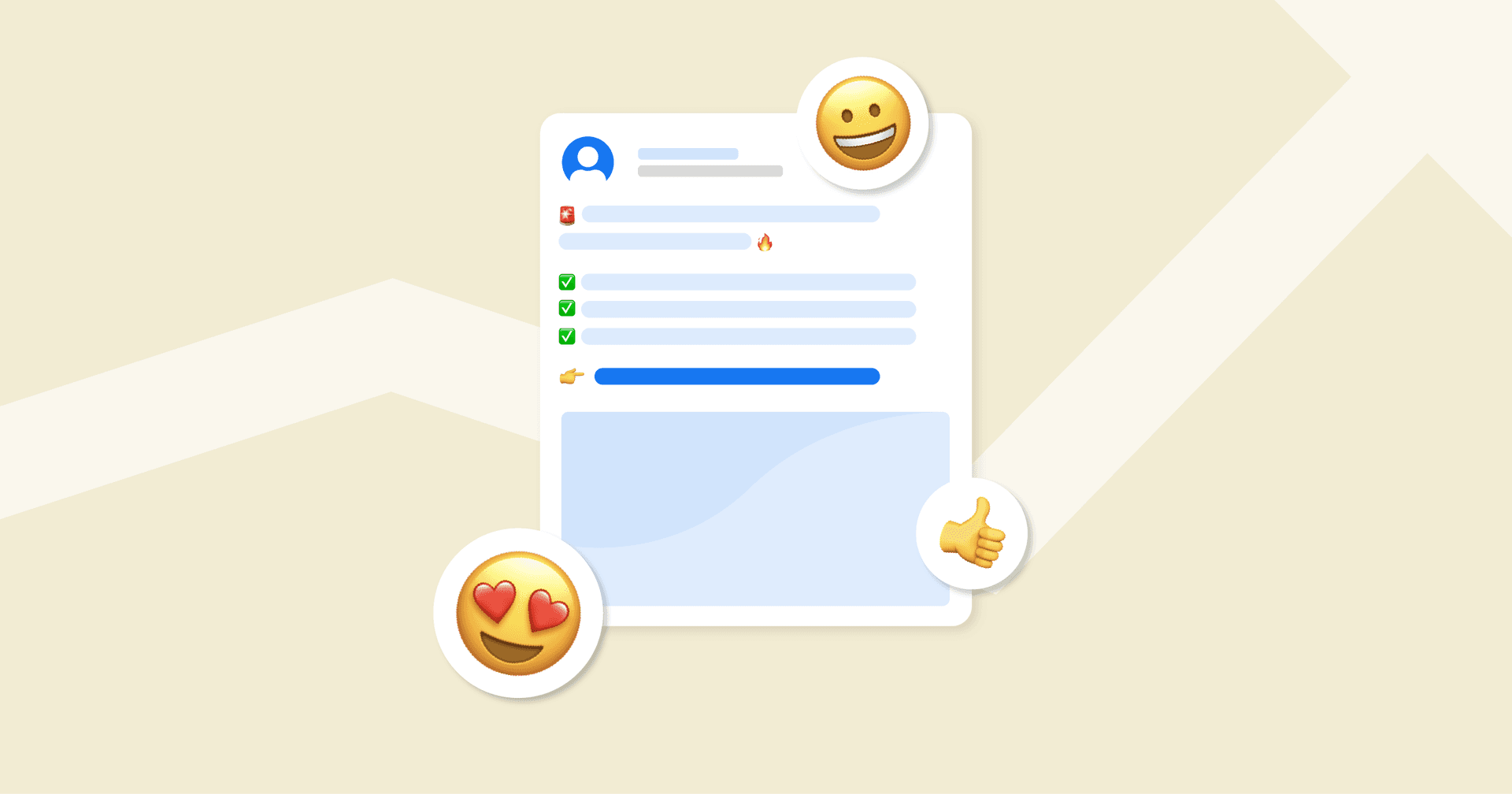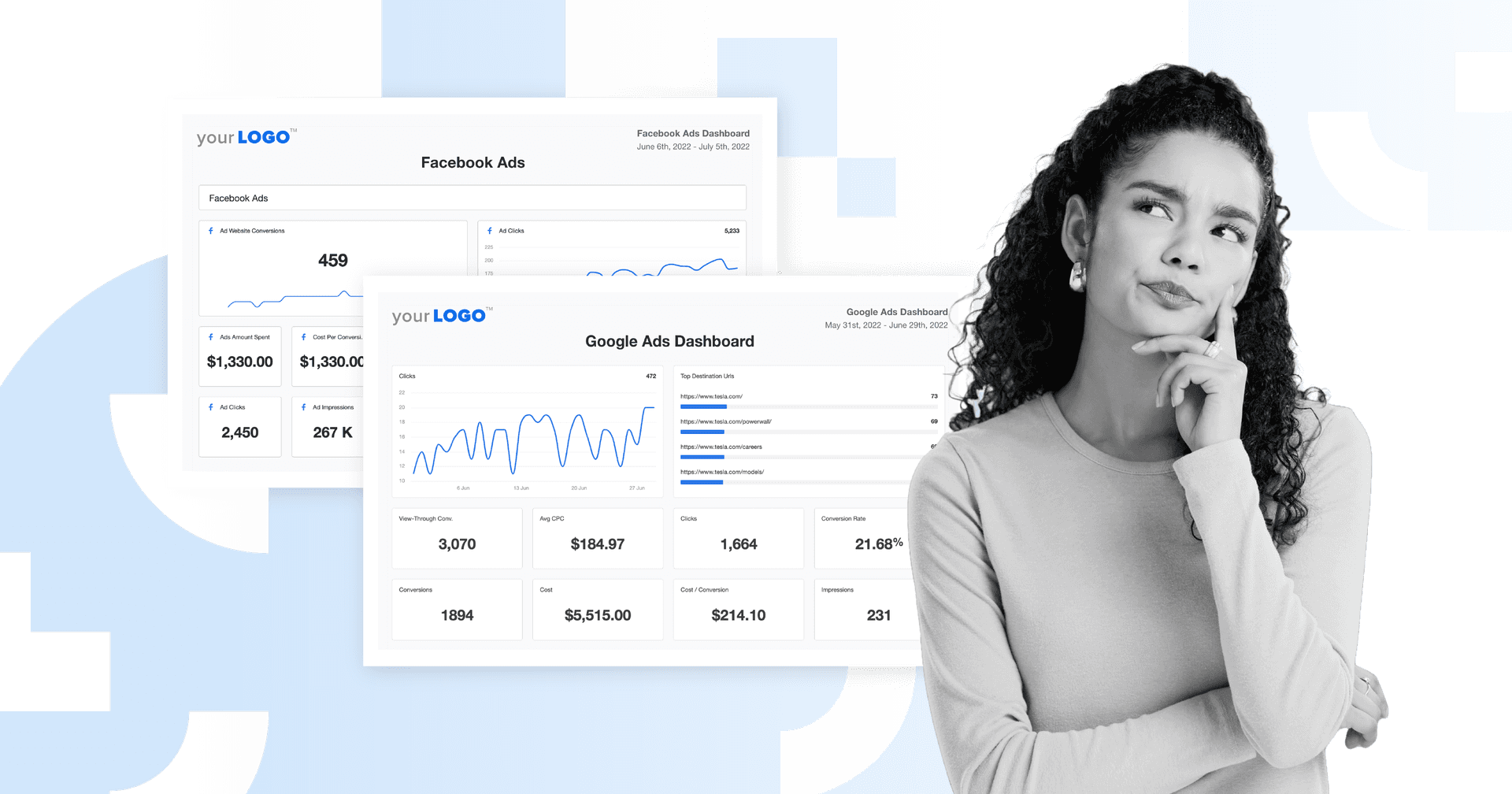Table of Contents
QUICK SUMMARY:
Fonts are everywhere—in logos, websites, packaging, and emails—but not all fonts are created equal. This guide explores the most popular fonts across different type families, what they say about a brand’s personality, and how to choose the right typeface for any creative or professional project.
If you’re not a designer, you may not give much thought to fonts beyond choosing “whatever looks good” in Google Docs or Canva—but the typefaces you see every day are doing a lot more than filling space.
Fonts carry meaning. They're visual signals that shape how we perceive a message—even before we read a single word. Serif fonts feel trustworthy. Script fonts feel elegant. Comic Sans… well, it makes you feel something, too.
Whether you're building a brand, creating content, developing ads, generating client reports, or trying to make your digital marketing proposal look more polished, the font you choose says something about you and your agency.
In this article, we’ll break down:
The psychology behind popular font styles
What widely used fonts signal about a brand or message
Visual examples so you can “feel” the difference for yourself
This isn’t just for designers. It’s for anyone who writes, communicates, or creates online—because fonts shape perception before your message ever gets read.
Why fonts speak louder than words
When you read something, the words matter—but so does the way they look. Before your brain processes the message, your eyes are already picking up cues: Is this serious? Friendly? Elegant? Bold?
That’s the power of fonts.
We don’t always notice it, but different typefaces trigger different reactions. A font with clean lines and a taller x-height feels modern and clear. One with thick strokes or high contrast feels more dramatic—sometimes even luxurious. A handwritten style might come across as casual or personal, while a geometric sans serif looks precise and neutral.
This is what font psychology is all about: the subtle ways fonts shape how we feel about what we’re reading—and who we’re reading it from.
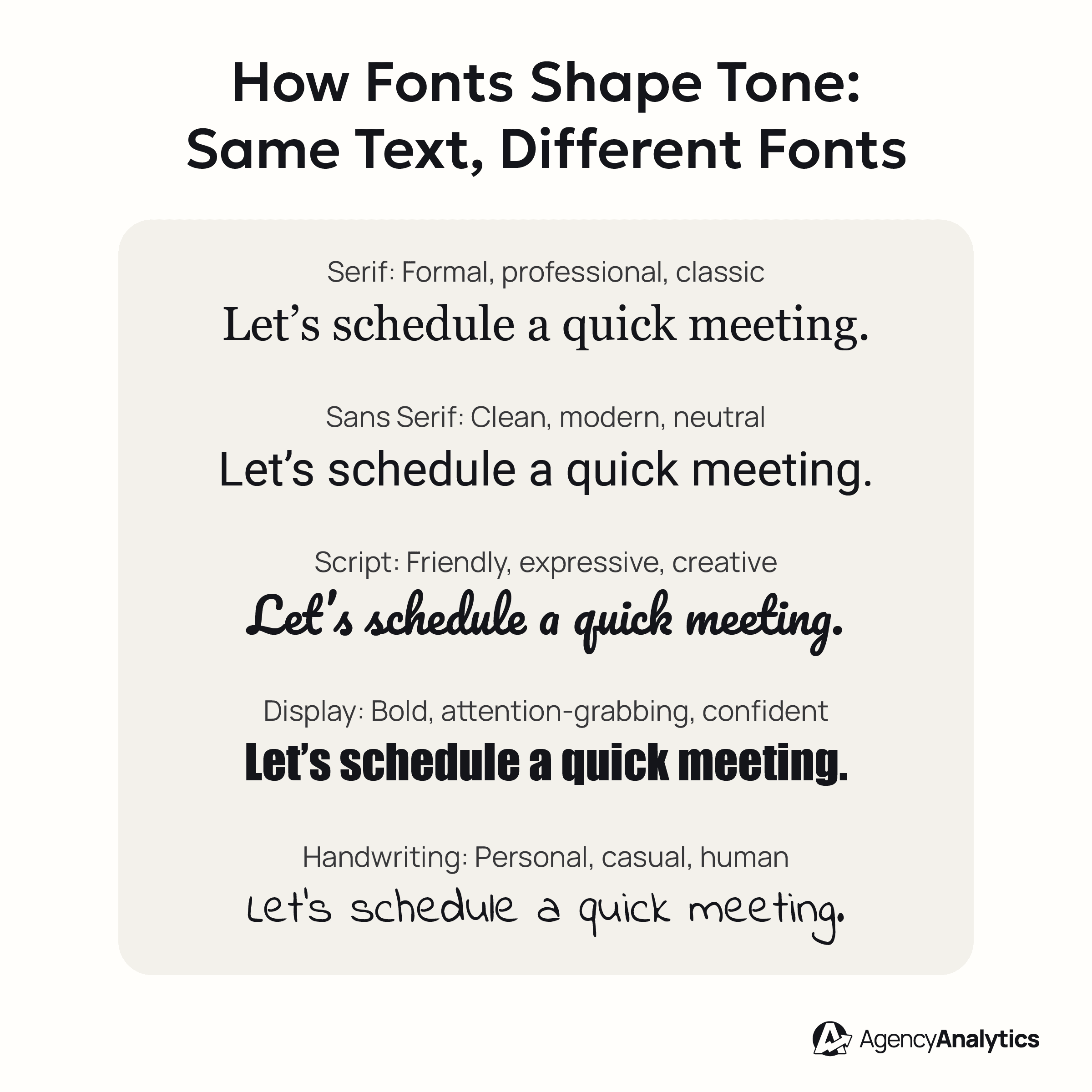
Different fonts send different signals, often shaped by decades (or even centuries) of usage:
Serif fonts carry an air of tradition and timeless elegance—think newspapers, universities, and publishing houses.
Sans serif fonts, often with clean lines and no decorative ends, project simplicity and clarity.
Script or handwritten script fonts convey a sense of expressiveness, personality, and sometimes playfulness.
Display fonts—often bold or stylized—are meant to grab attention, not fade into the background.
When you choose a font, you're doing more than picking a look. You're setting the tone for your brand, project, and your audience’s expectations.
The most popular font families (with examples)
Fonts are often grouped into categories called font families—like serif, sans serif, or script. Each family shares visual traits and tends to work best in specific contexts, whether that’s long-form body text, report templates, ad headlines, or expressive social media images.
Some fonts are built for readability. Others are designed for visual impact, helping your message stand out at a glance. The best typeface for your project depends on what you're trying to communicate—and how you want it to feel.
The following lists highlight widely used and highly visible fonts across each category. They're not necessarily the most downloaded fonts of all time, but they’ve become go-to choices for marketers working across print, digital, and brand design.
🎨 Designer note:
Many of the fonts you’ll see in this list are what designers call “system fonts” — they come pre-installed on most computers and are widely used by default. That’s part of why they’re so common: accessibility, not necessarily aesthetic preference.
While these may not be the first choices for brand identity or logo design, they’re popular because they’re familiar, safe, and universally supported. If we’re talking sheer visibility and usage across industries, these fonts absolutely earn their place.
We’ve also included visual examples so you can see how each one feels in action.
Top 10 Serif Fonts - Traditional, trustworthy, and timeles
Serif fonts are defined by the small lines or "feet" at the ends of their strokes. These details add a sense of formality and structure, making serif fonts a classic choice for editorial design, book publishing, and heritage brands.
Popular serif fonts include:
Times New Roman: A versatile font originally commissioned by The Times newspaper in 1931.
Georgia: Designed for on-screen reading with strong legibility.
Baskerville: Created by John Baskerville, known for its high contrast and refined presence.
Garamond: Rooted in the work of Claude Garamond, with soft curves and timeless elegance.
Merriweather: A contemporary serif optimized for web design.
Playfair Display: A stylish display font with high contrast, perfect for headlines.
Bodoni: High-fashion feel with extreme contrast and sharp edges.
Didot: Similar to Bodoni, often used in luxury branding.
Lora: A modern serif with roots in calligraphy; great for body text.
Cormorant: Draws from Garamond but adds dramatic flair, ideal for visual impact.
Serif fonts are well-suited for brands that want to convey a sense of established, academic, or premium quality. Luxury fashion houses, law firms, and universities frequently utilize them to establish credibility and trust.
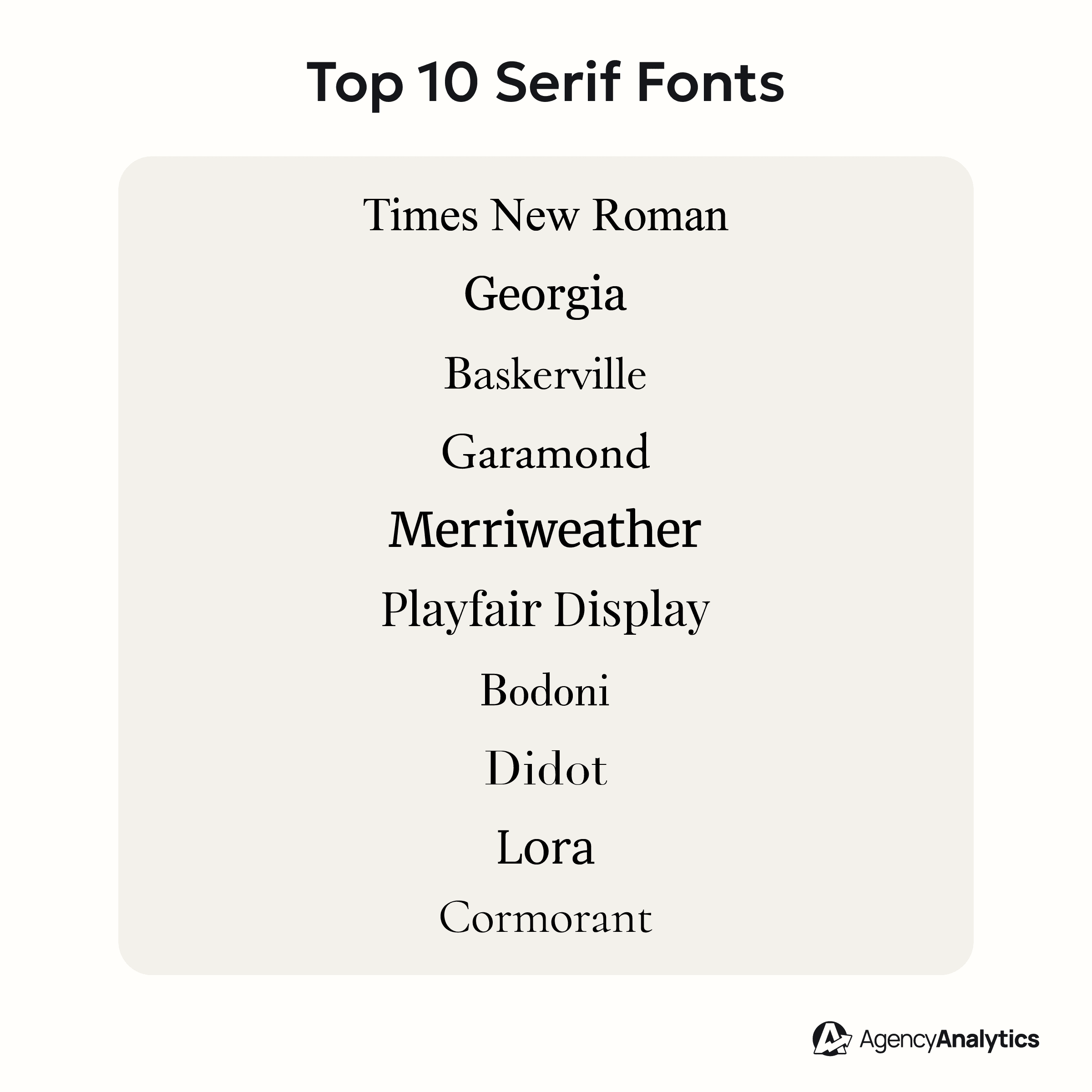
Top 10 Sans Serif Fonts - Clean, modern, and versatile
Sans serif fonts eliminate decorative feet, resulting in clean lines and a modern, minimalist appearance. They’re the default for most web design today—thanks to their high legibility at small sizes and adaptability across screens.
Common sans serif fonts include:
Helvetica: Created by Swiss designer Max Miedinger, it’s famous for its neutrality and widespread use.
Arial: A system default with broad compatibility.
Futura: A geometric sans known for its precision and symmetry.
Roboto: Part of the Google Fonts library, designed for digital interfaces.
Montserrat: Bold, modern, and excellent for digital layouts.
Open Sans: Clean and friendly; often used in UI design.
Lato: Soft and versatile, great for both headlines and body text.
Proxima Nova: Blends modern proportions with classic feel; popular in tech and lifestyle brands.
Avenir: Designed by Adrian Frutiger, known for balance and readability.
Nunito: Rounded, approachable, and ideal for modern brands or digital products.
Many sans serif fonts are versatile, and equally effective in headlines, body copy, or UI design. Whether you’re launching a tech startup or building a minimalist brand, sans serif fonts often strike the perfect balance between modernity and professionalism.
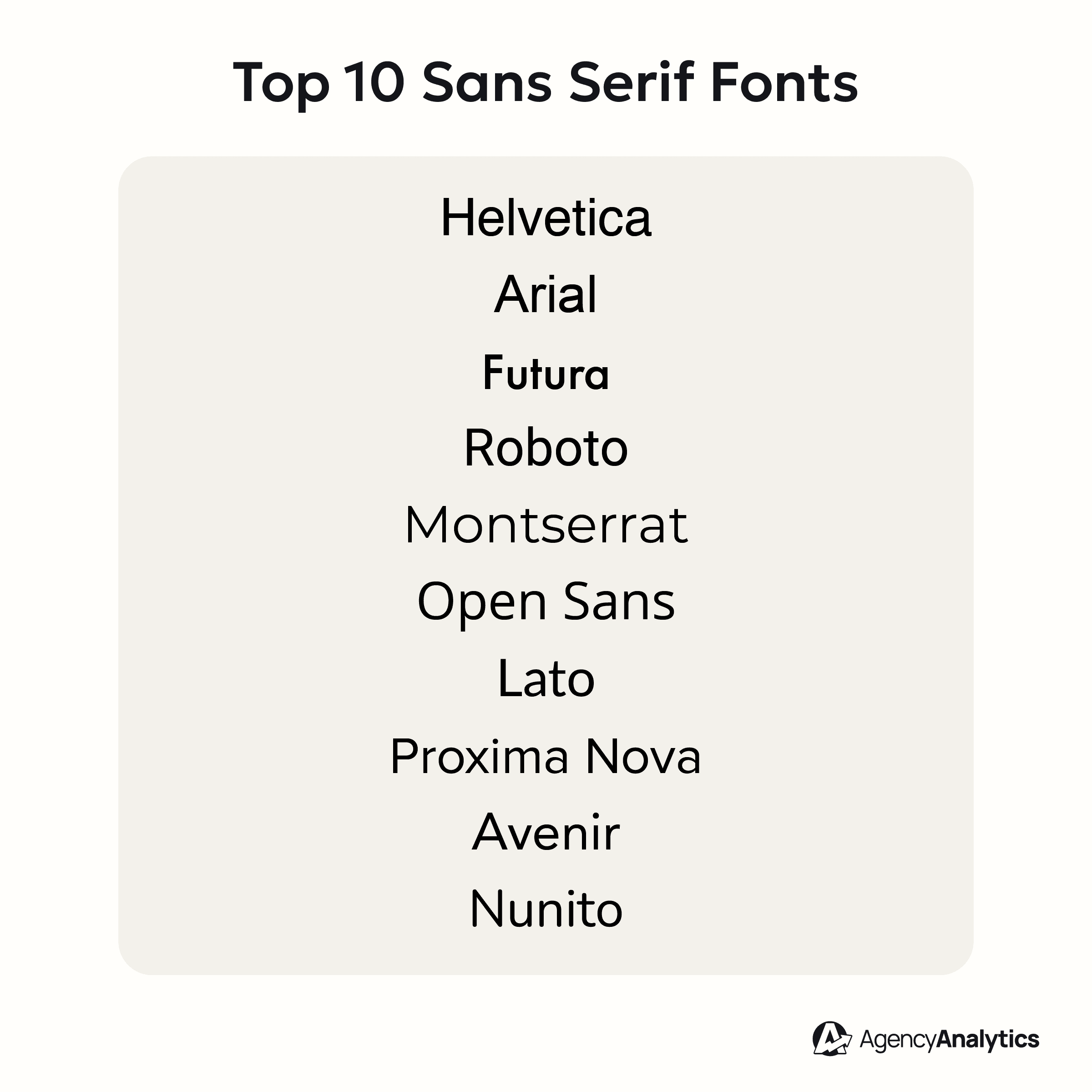
Top 10 Script Fonts - Elegant, expressive, and decorative
Script fonts mimic cursive handwriting, ranging from formal calligraphy to modern brush lettering. They add flair and personality—but because of their ornate nature, they’re best used sparingly.
Here are 10 standout script fonts:
Lobster: Bold and retro; great for casual branding.
Great Vibes: Smooth and flowing with excellent readability.
Pacifico: A breezy, relaxed script with character.
Dancing Script: Cheerful and bouncy with a retro vibe.
Allura: Elegant and light, suitable for stationery and lifestyle branding.
Satisfy: Loosely connected and playful.
Parisienne: Chic, formal, and distinctly French-feeling.
Brush Script: A mid-century classic, often seen in restaurant or signage designs.
Alex Brush: Formal and balanced, with high contrast strokes.
Zeyada: More casual and handwritten, often used in personal blogs.
Script fonts excel in display font roles—such as headlines, logos, and packaging—where a touch of creativity is required. They're especially popular in beauty, lifestyle, and boutique branding projects.
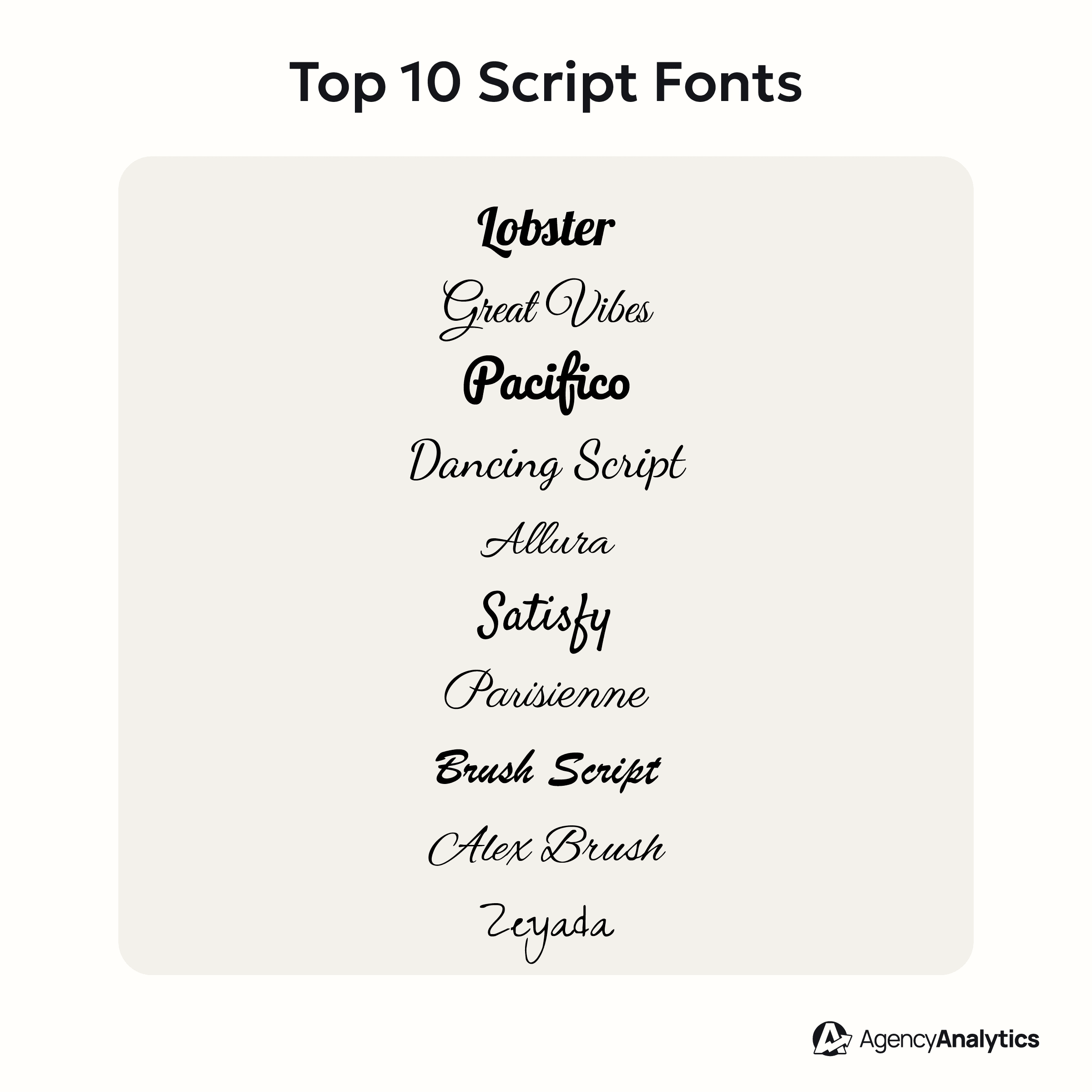
Top 10 Cursive Fonts - Stylized, nostalgic, and emotional
While often grouped with scripts, cursive fonts are their own category—generally more fluid and connected, resembling actual handwriting. They feel personal, retro, or even whimsical, depending on the design.
10 popular cursive fonts worth knowing:
Brush Script: Repeated here intentionally, as it straddles both script and cursive use cases.
Lucida Handwriting: Smooth and legible, with a formal edge.
Dancing Script: Friendly and rhythmic, ideal for informal communication.
Allura: Again, worth mentioning for its fluidity and light touch.
Tangerine: Elegant, with influences from 16th-century chancery scripts.
Kaushan Script: Edgy, energetic, and modern.
Mr De Haviland: Sharp and vintage, perfect for retro labels or packaging.
Sacramento: Simple, mono-line cursive that feels like a signature.
Petit Formal Script: Based on 18th-century formal writing; highly stylized.
Italianno: Romantic with long, dramatic tails—best used in large sizes.
Cursive fonts are often used to convey warmth, informality, or a sense of nostalgia. They’re effective for creative branding when a human touch is needed—but should be used with care to avoid readability issues.
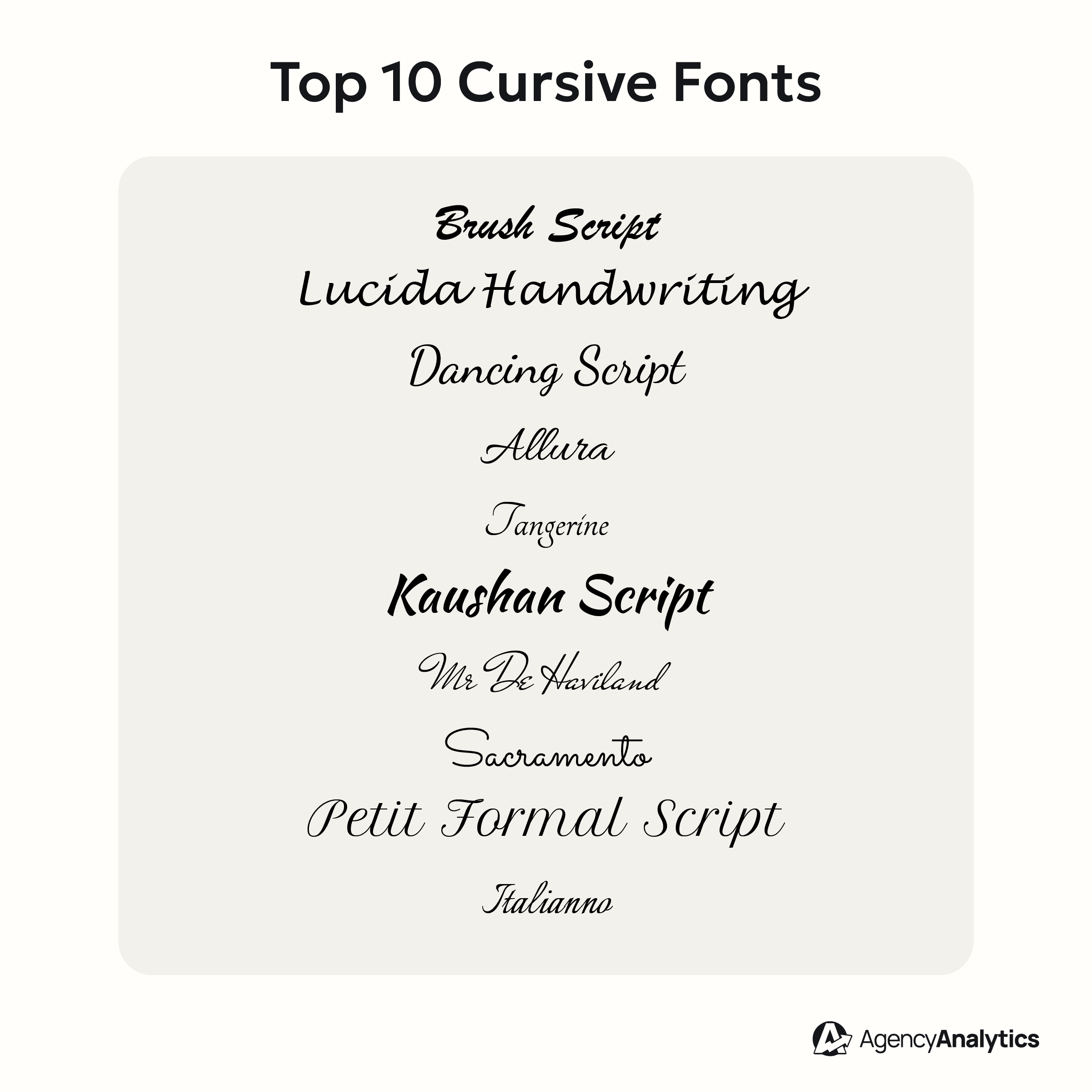
Top 10 Handwriting Fonts - Playful, approachable, and informal
Handwritten script fonts simulate personal handwriting styles, from neat and tidy to sketchy and irregular. They feel authentic and human—perfect for content creators, artists, or brands that want to appear friendly and relatable.
10 popular handwriting fonts for creative use:
Comic Sans: Universally recognized (and debated), but undeniably accessible.
Indie Flower: Lighthearted and bubbly.
Amatic SC: Tall, narrow, and sketchy—great for titles.
Shadows Into Light: Gentle, modern handwriting with a soft vibe.
Patrick Hand: Designed to look like real handwriting, with multilingual support.
Caveat: Loose and expressive; often seen in creative presentations.
Homemade Apple: Whimsical and hand-drawn with lots of character.
Reenie Beanie: Scribbled and casual, like quick notes.
Architects Daughter: Loosely based on architectural drafts, clean and approachable.
Gloria Hallelujah: Messy and fun; ideal for playful or youth-focused projects.
These fonts are great for casual branding, personal websites, or campaigns that benefit from a softer, more approachable tone. Just like with cursive, use with intention—too much can feel messy.
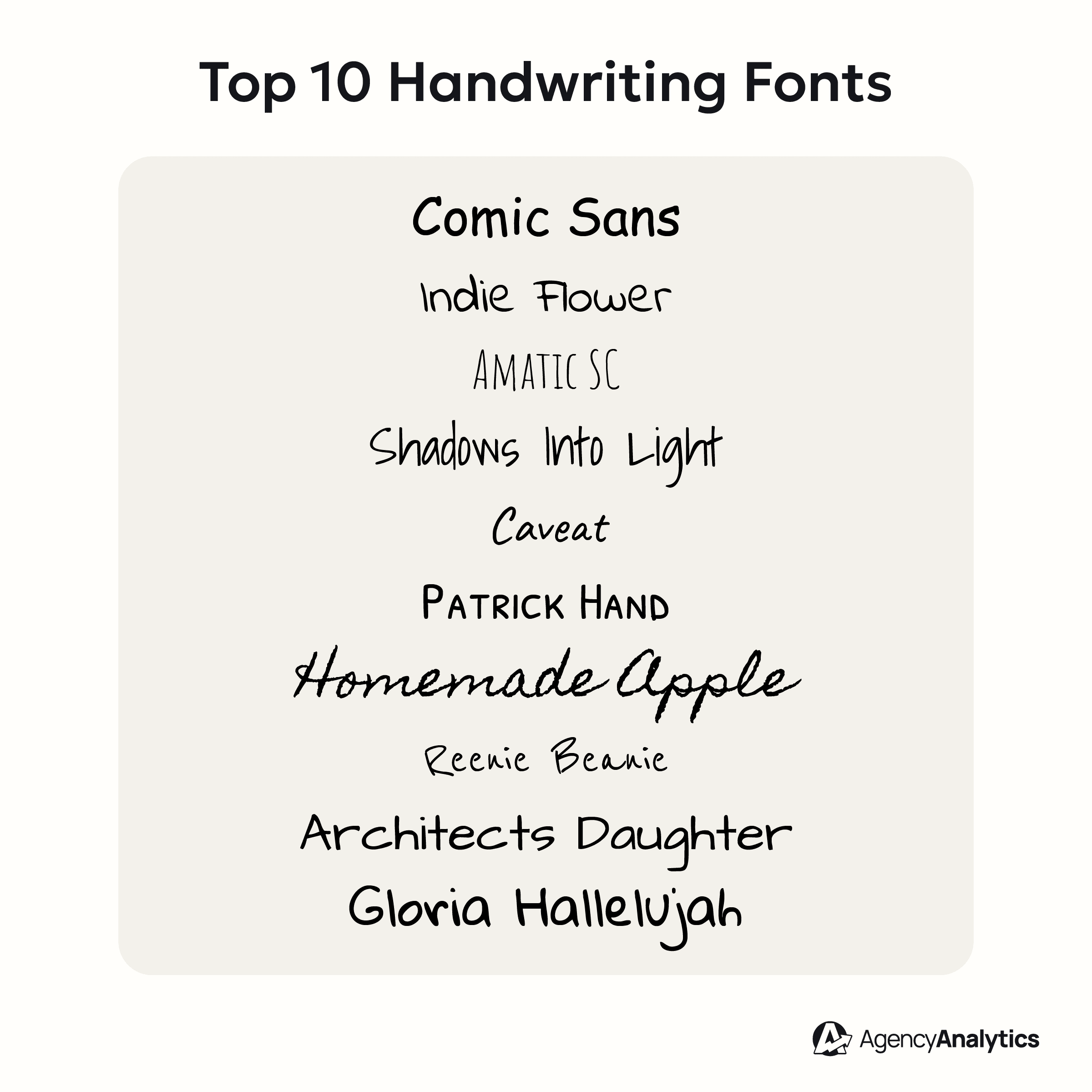
What fonts say about a brand’s personality: A quick recap
The fonts you choose significantly impact how your brand appears and shapes its overall feel. Your audience picks up subtle cues from your typography: is this brand trustworthy or experimental?
Playful or serious? Accessible or high-end?
And while visuals like logos and colors often take center stage, fonts do just as much heavy lifting when it comes to establishing a brand identity.
Matching font styles to brand tone
Each font family carries its own energy. Some are formal and traditional, while others feel relaxed and conversational. Here’s a quick guide to how major font categories align with common brand personalities:
Font family | Brand personality | Example fonts |
|---|---|---|
Serif | Classic, formal, established | Times New Roman, Garamond, Georgia |
Sans serif | Modern, clean, approachable | Helvetica, Lato, Avenir |
Slab serif | Bold, confident, grounded | Rockwell, Arvo, Museo Slab |
Script/Cursive | Elegant, expressive, emotional | Pacifico, Great Vibes, Allura |
Handwriting | Personal, informal, human | Indie Flower, Caveat, Gloria Hallelujah |
The goal isn’t to follow a formula—it’s to find a font that feels right for your audience and message. That’s the heart of good typography.
Consider the use case, not just the looks
Always remember that choosing the best fonts for branding strikes a balance between style and functionality.
For example:
A modern typeface like Montserrat looks excellent on a landing page but might feel too trendy for a legal firm’s identity.
A slab serif, such as Arvo or Museo Slab, has weight and impact, making it perfect for headlines or key statements—but may feel bulky in long paragraphs.
A sans serif typeface developed for screen use (like Roboto or Open Sans) will perform better in small sizes and on mobile devices, but may lack impact in printed materials.
If you need design flexibility, look for a variable font—one that supports multiple weights, italic styles, and sizes in a single file. This makes it easier to create hierarchy and consistency across your brand assets.
Know where your fonts come from (especially if you’re a design nerd)
Some brands intentionally choose typefaces with a bit of design history baked in. Knowing where a font came from—and who created it—can add meaning or credibility to your visual identity.
Helvetica: A classic sans serif typeface originally developed in 1957 by Swiss designer Max Miedinger, it became the poster child for clean, neutral design.
News Gothic: Designed by Morris Fuller Benton and released by American Type Founders in 1908, it became a standard in newspapers and early advertising.
Franklin Gothic: Another Benton creation, known for its strength and versatility in headlines.
Georgia and Verdana: Designed by Matthew Carter, both fonts were originally designed to maximize readability on screens at small sizes.
Times New Roman: Originally commissioned for use by the British newspaper The Times in 1931, it is quickly approaching its 100th anniversary.
Akzidenz Grotesk: Released by Berthold Type Foundry, this 19th-century sans serif laid the groundwork for Helvetica and other popular typefaces.
Teko: A square sans serif from the Indian Type Foundry, designed for impactful headlines in editorial and digital layouts.
Understanding a font’s origin helps you align it with your brand’s backstory or values—or simply provide another reason to love using it.
Small font features = significant personality shifts
Subtle features—such as contextual alternates, OpenType features, or specific italic styles—can lend a font a unique character that aligns with your tone.
For example:
A script font with contextual alternates can make a logo design feel more natural and flowing.
A display font with exaggerated italic styles might inject more motion or emphasis in campaign headlines.
Fonts with regular weight plus multiple styles (bold, condensed, light) are ideal for complex typography systems.
Choosing the perfect typeface is less about finding “the best” and more about drawing inspiration from fonts that reflect your brand’s message and values. That might mean choosing something timeless from the Monotype Corporation or Indian Type Foundry, or something cutting-edge from a smaller type designer with a fresh take on a classic form.
Bonus: The most popular fonts in use today
Some fonts fade with time. Others stick around for decades—or even centuries—because they just work. They’re readable, flexible, and instantly recognizable.
Here’s a snapshot of 10 fonts that continue to dominate across web design, branding, editorial, and UI. You’ve seen them in use—even if you didn’t notice at the time.
🎨 Designer context:
Are these the fonts you’d pick for a cutting-edge rebrand? Probably not. But that’s not really the point. These fonts aren’t necessarily beloved in modern design circles—they’re just everywhere.
Many of them are bundled with operating systems, design tools, and productivity software, which means they show up by default on websites, in presentations, and in marketing materials.
From a usability standpoint, they’re reliable, broadly supported, and familiar. And when speed or accessibility matters more than originality? These are the fonts people reach for.
1. Helvetica: Paid
Neutral, balanced, and incredibly adaptable. Originally developed by Max Miedinger, it’s still used in logos, apps, signage, and packaging worldwide. A popular alternative is Nimbus Sans or Arial (see below).
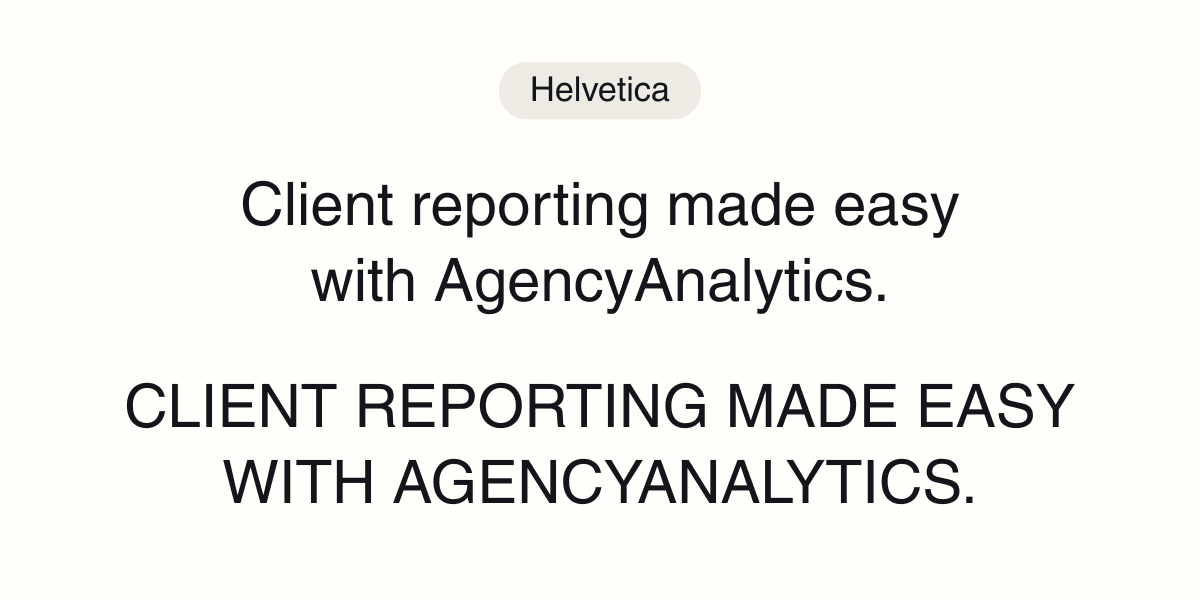
2. Times New Roman: Free (with system license)
A staple of print and academia. Originally commissioned by The Times of London in 1931, it’s still one of the most widely used serif fonts ever created. Bundled with Microsoft and macOS systems, Times New Roman is available for personal and commercial use on licensed devices. Technically owned by Monotype.
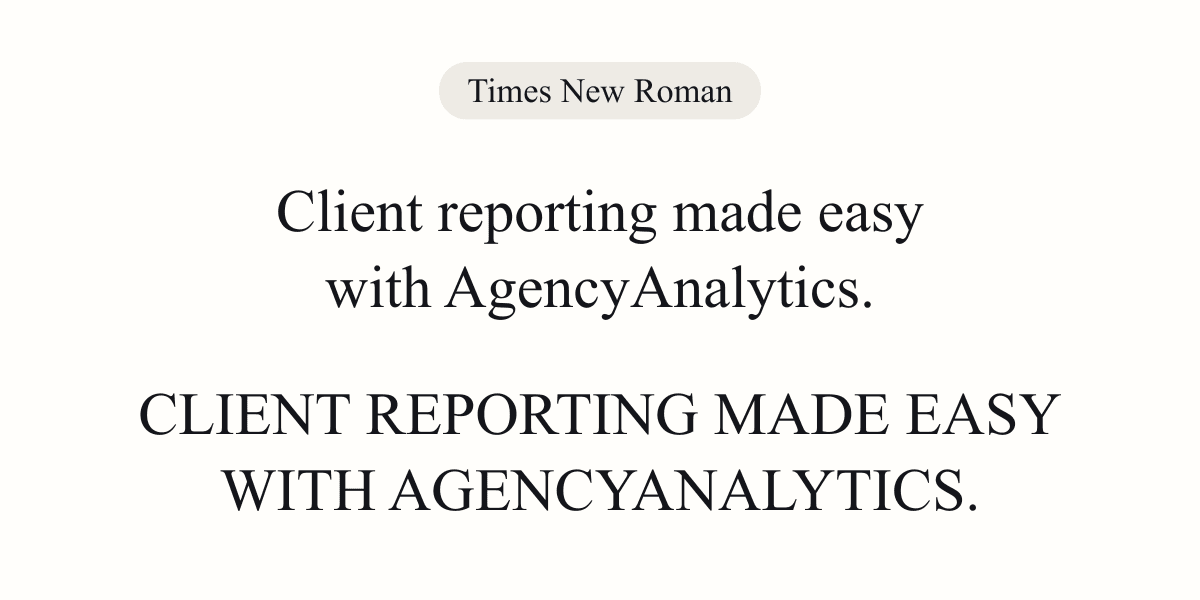
3. Arial: Free (with system license)
Similar to Helvetica but more widely distributed due to Microsoft’s system fonts. Its ubiquity makes it both accessible and a little overused. Another Microsoft default, Arial is free to use on systems that include it. It’s often used as a fallback for Helvetica due to its wide availability.
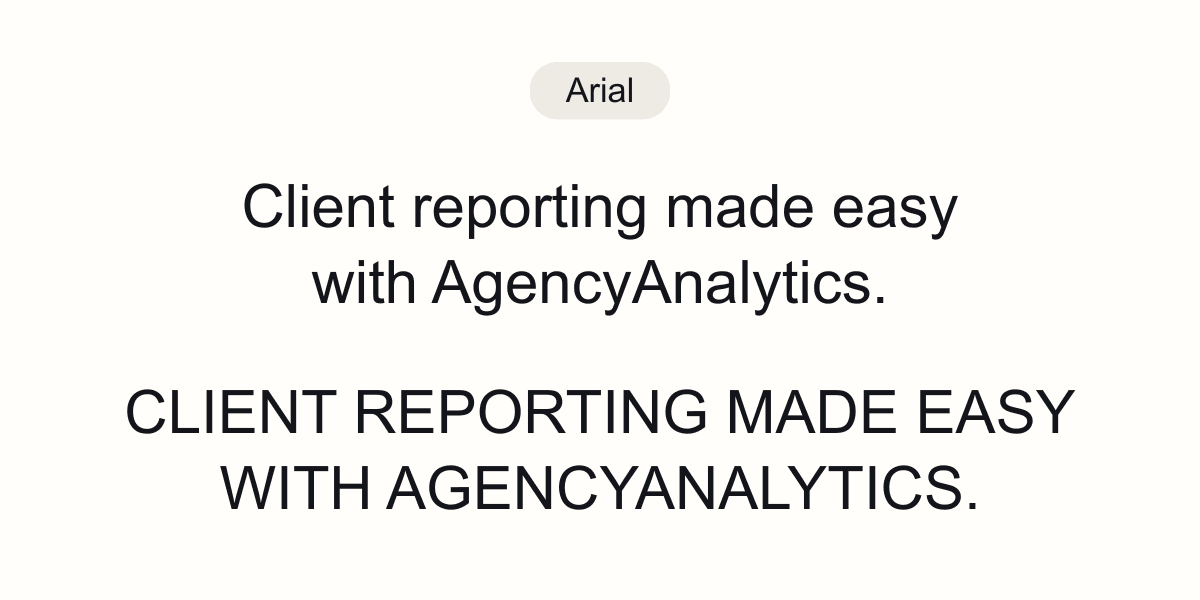
4. Roboto: Free
Designed by Christian Robertson and released by Google, Roboto is optimized for mobile screens and responsive design—one of the most widely used fonts on the web today. Released under the Apache License by Google Fonts. Completely free for personal and commercial use.
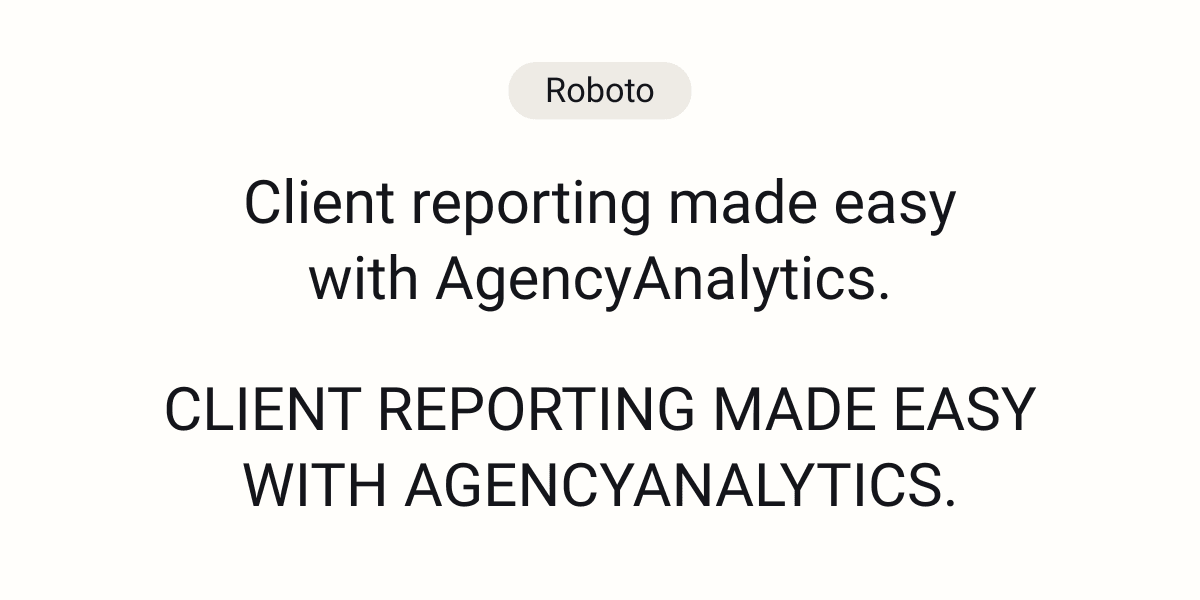
5. Futura: Paid
A geometric sans serif with strong symmetry and a clean, modern feel. Frequently used in fashion, architecture, and high-design contexts. Designed by Paul Renner and licensed by Monotype, Futura requires a commercial license. Alternatives: Nunito Sans, Poppins.
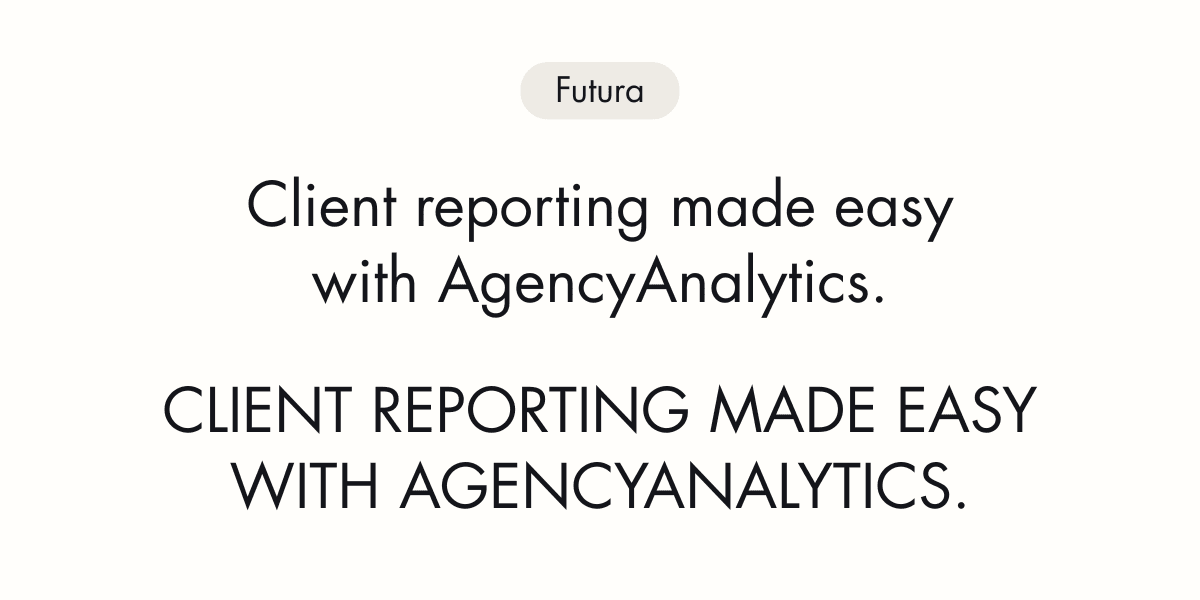
6. Georgia: Free (with system license)
Designed by Matthew Carter (for Microsoft) to bring elegance and legibility to digital screens. Often used in news sites, blogs, and content-heavy pages. Free for use on systems where it’s installed, and available for commercial use in that context.
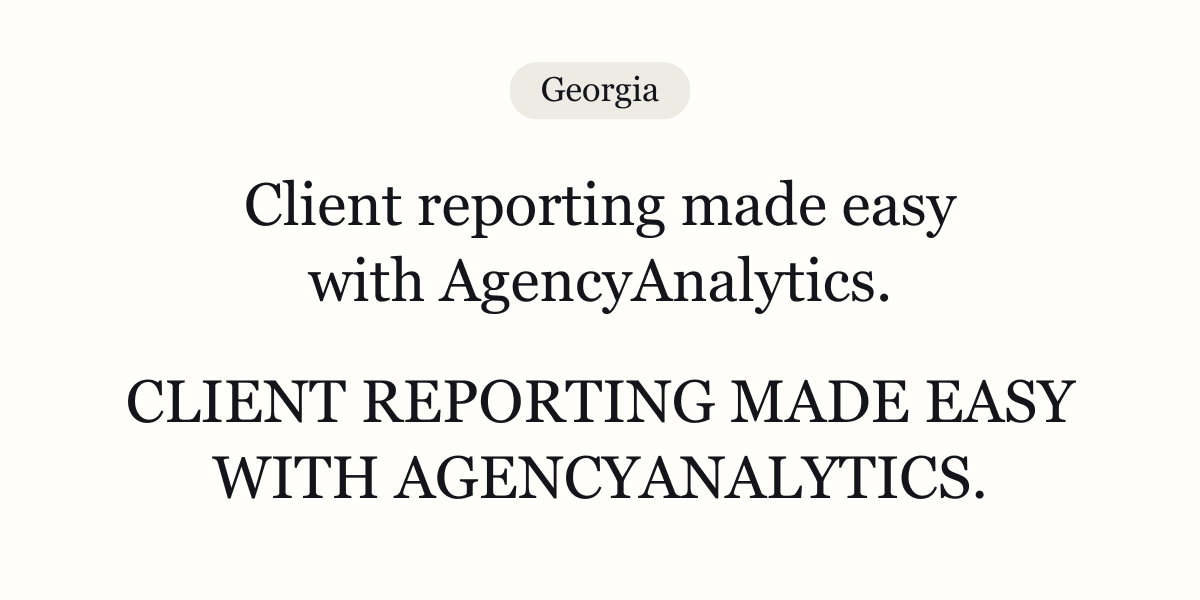
7. Montserrat: Free
A Google Font inspired by urban signage in Buenos Aires. Friendly, round, and versatile—especially popular in startups and tech branding. Available on Google Fonts under the Open Font License (OFL). Free for both personal and commercial use.
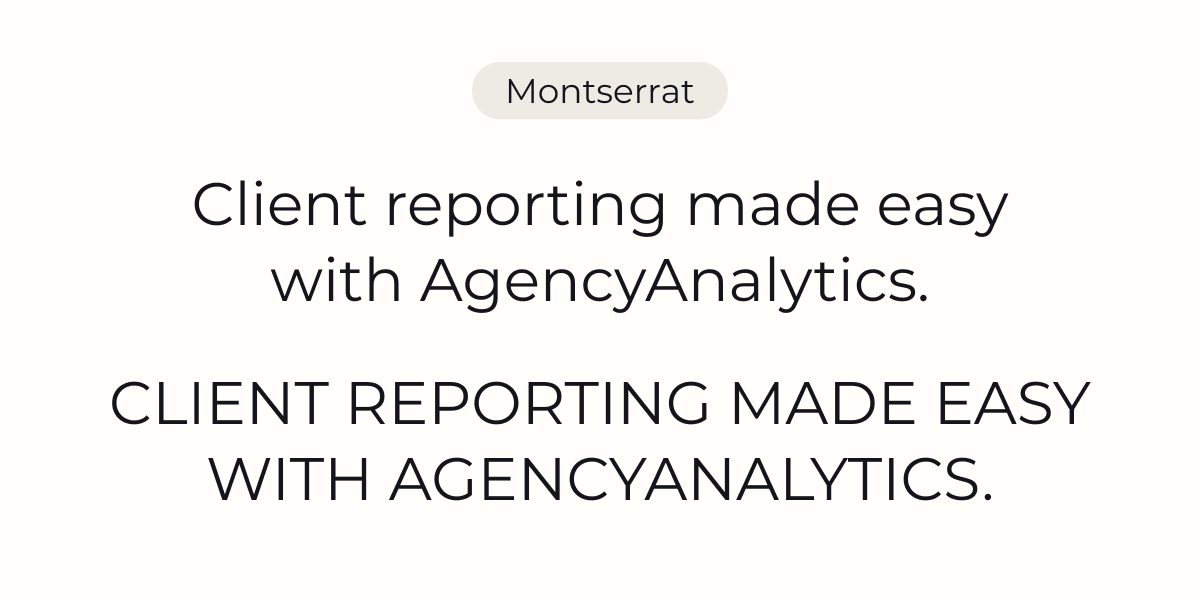
8. Open Sans: Free
Known for its neutrality and readability, Open Sans is widely used in web apps, user interfaces, and SaaS websites (including dashboards and reports). Also available via Google Fonts under OFL. Extremely popular in UI/UX design, web design, and mobile app development.
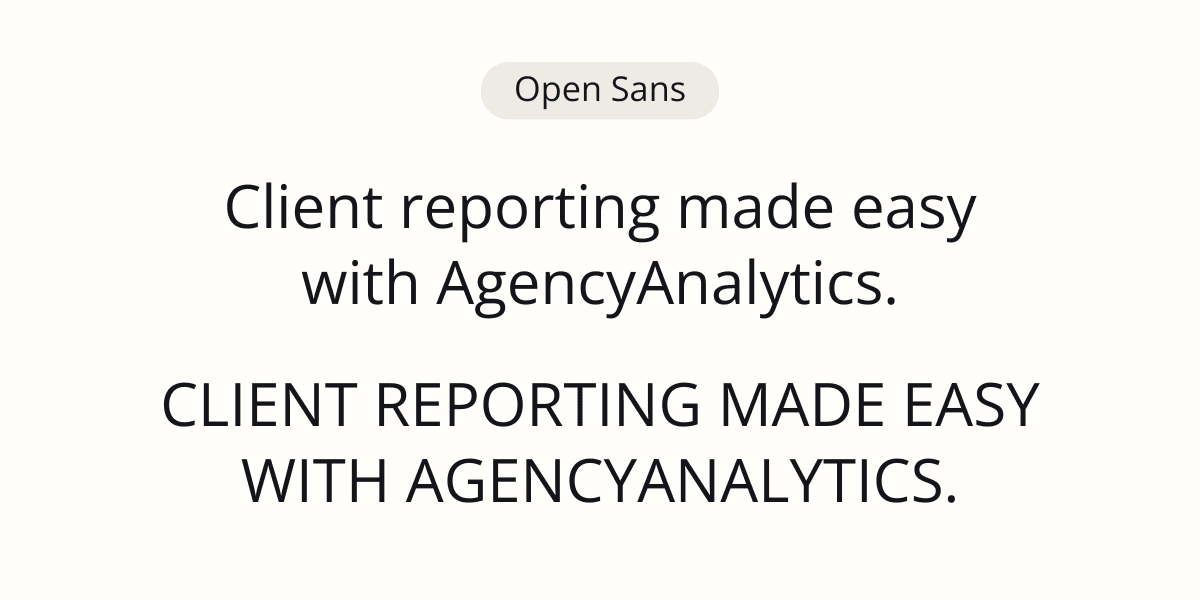
9. Proxima Nova: Paid
Popular among tech companies, Proxima Nova bridges the gap between geometric sans and humanist warmth. Strong, simple, and trustworthy. Created by Mark Simonson Studio. Requires a commercial license and is not available via Google Fonts. Common alternatives: Nunito, Poppins, Work Sans.
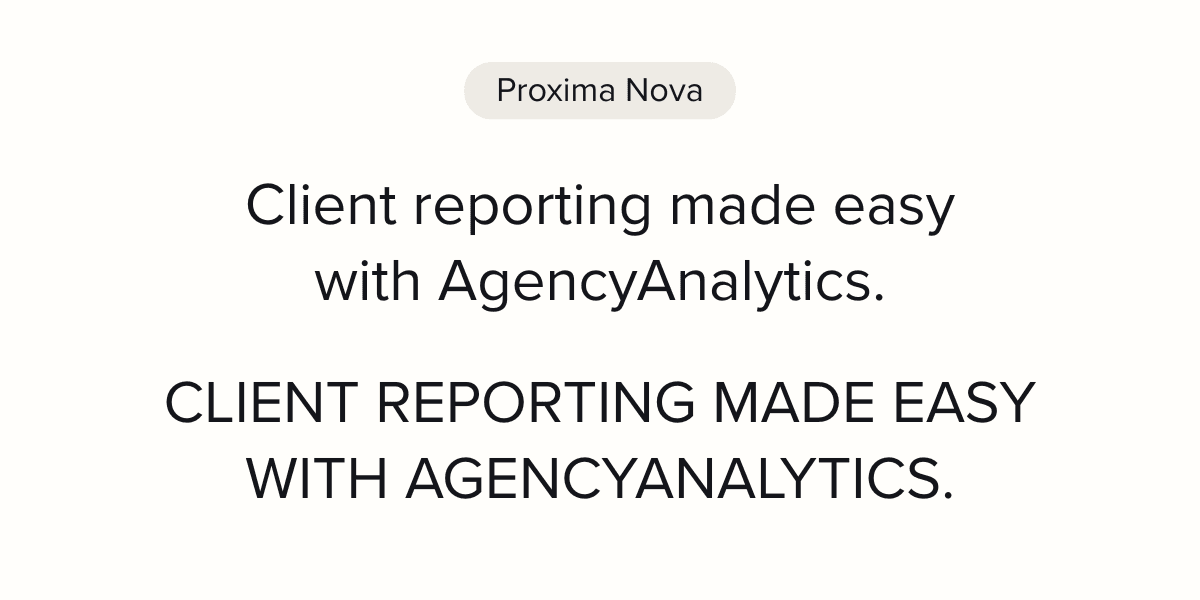
10. Garamond: Varies
Elegant and historic. Based on 16th-century French letterforms by Claude Garamond, this serif font remains a staple in books, literary branding, and editorial design. “Garamond” refers to multiple versions, including Adobe Garamond and ITC Garamond (paid, Monotype/Adobe), as well as EB Garamond (free, Google Fonts) under the OFL.
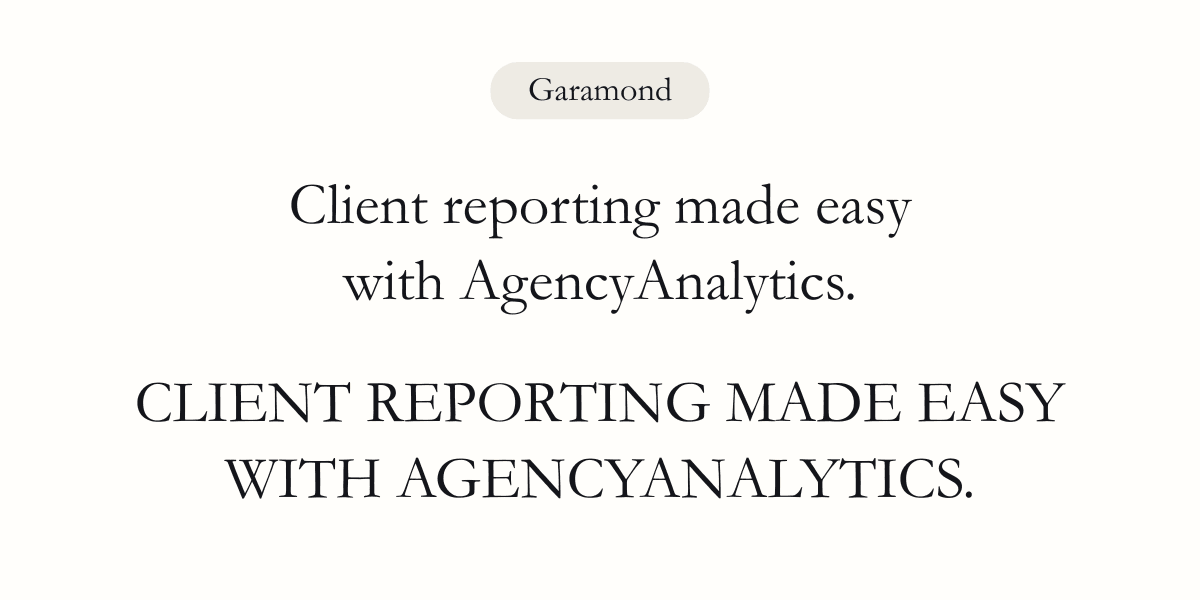
Remember, this list isn’t about chasing trends. These are fonts that have stood the test of time—whether they were initially designed for print, screens, or signage. Their staying power is what makes them so valuable in branding and communication.
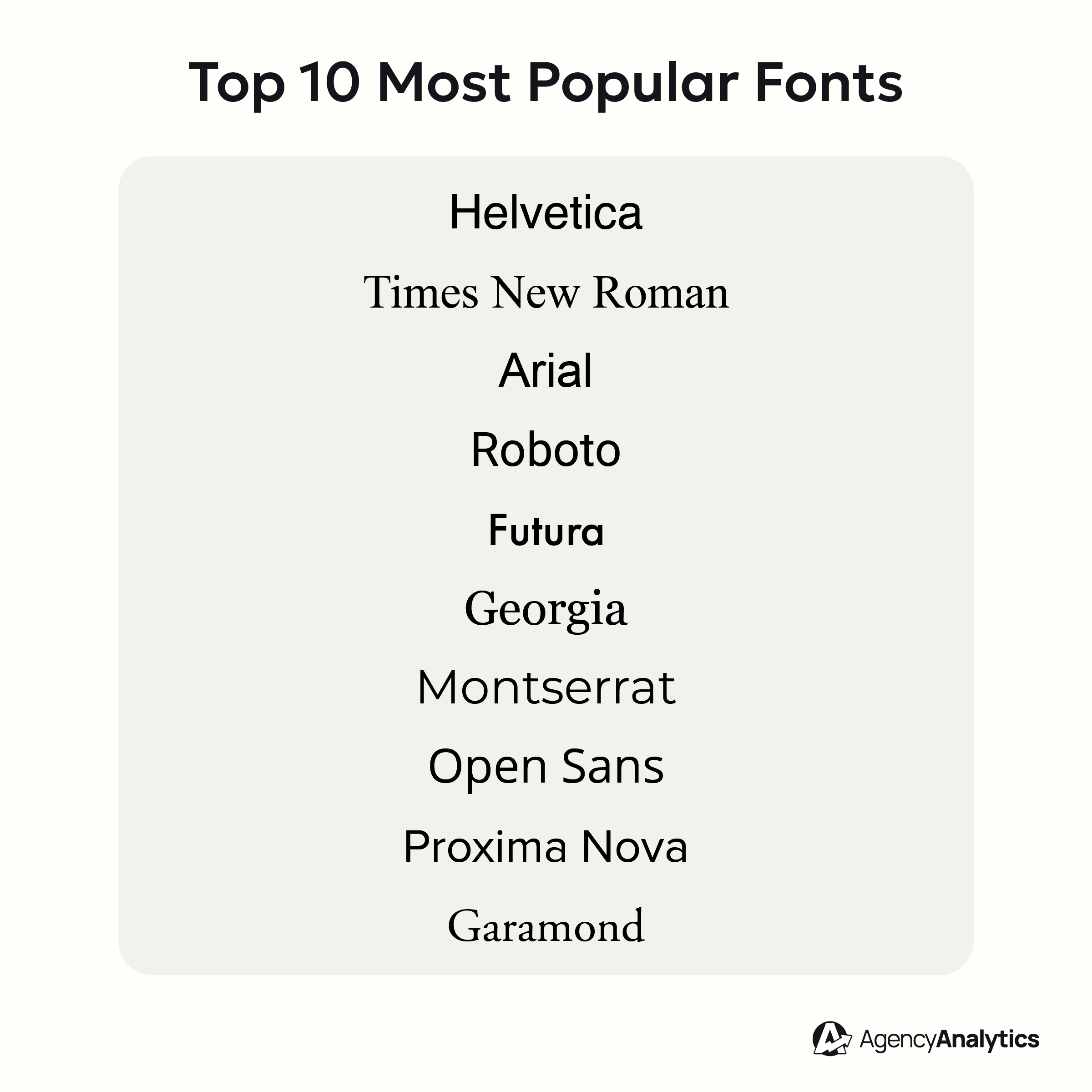
Second Bonus: My favorite fonts, as a designer
Not all fonts are created equal — and not every designer wants to reach for Arial. Whether you're building a sleek dashboard, an expressive brand identity, or just making reports less boring, these fonts strike the right balance of form and function.
These aren’t just fonts I like — they’re fonts I’d actually use. Each one solves a different problem — and they all look way better than Arial.
1. Sora
A friendly sans serif originally designed for fintech UI. Rounded terminals give it a softer feel, making it perfect for startups or dashboard interfaces.
Best for: SaaS UIs, product branding, digital reports
2. Hahmlet
A serif with subtle personality — traditional, but not stuffy. Its wide range of weights makes it great for both body copy and headings.
Best for: Editorial design, blog layouts, content-heavy sites
3. Andada Pro
A slab serif with beautiful curves and generous x-height. Strong without being harsh — a rare combo.
Best for: Stylish reports, educational brands, storytelling sites
4. Epilogue
A low-contrast geometric sans with minimalist elegance and a subtle warmth. Sharp in all weights.
Best for: Portfolios, slide decks, brand identity systems
5. Geologica
A highly adaptable variable font family with 18 styles. Beautiful for responsive design where flexibility matters.
Best for: Design systems, digital reports, visual dashboards
6. Manrope
A clean, modern sans serif with wide support and smooth readability. Neutral but never boring.
Best for: Tech brands, landing pages, B2B content
7. Lora
A serif with roots in calligraphy and a contemporary feel. Warm, elegant, and easy to read.
Best for: Blog content, UX writing, agency microsites
8. BioRhyme
Distinctive with a tall x-height and slightly retro character. Bold but still readable.
Best for: Headers, personality-driven branding, print assets
9. Archivo
A versatile grotesque sans that was built for performance and legibility — even at small sizes.
Best for: Reports, UI copy, data-heavy dashboards
10. Cormorant
A high-contrast serif inspired by Garamond but with a dramatic, editorial edge.
Best for: Luxury branding, title cards, thought leadership content
11. Spectral
Elegant and highly legible. Spectral’s sophisticated spacing and structure work well in both body text and display roles.
Best for: Long-form writing, professional blogs, agency eBooks
12. Oxygen
Designed for UI and screen readability, Oxygen is efficient, technical, and highly functional.
Best for: Developer-focused branding, UX dashboards, interface text
13. Pathway Extreme
Bold and expressive. Feels punchy in titles but surprisingly usable in lighter weights.
Best for: Creative decks, brand identity kits, display headers
14. Poppins
A geometric sans with round counters and a welcoming tone. Clean and accessible with a modern twist.
Best for: Startups, product sites, and anything that needs to feel modern but friendly
15. Merriweather
Designed specifically for screen readability. A serif that works hard in long-form content without becoming heavy.
Best for: Content marketing, agency blogs, whitepapers
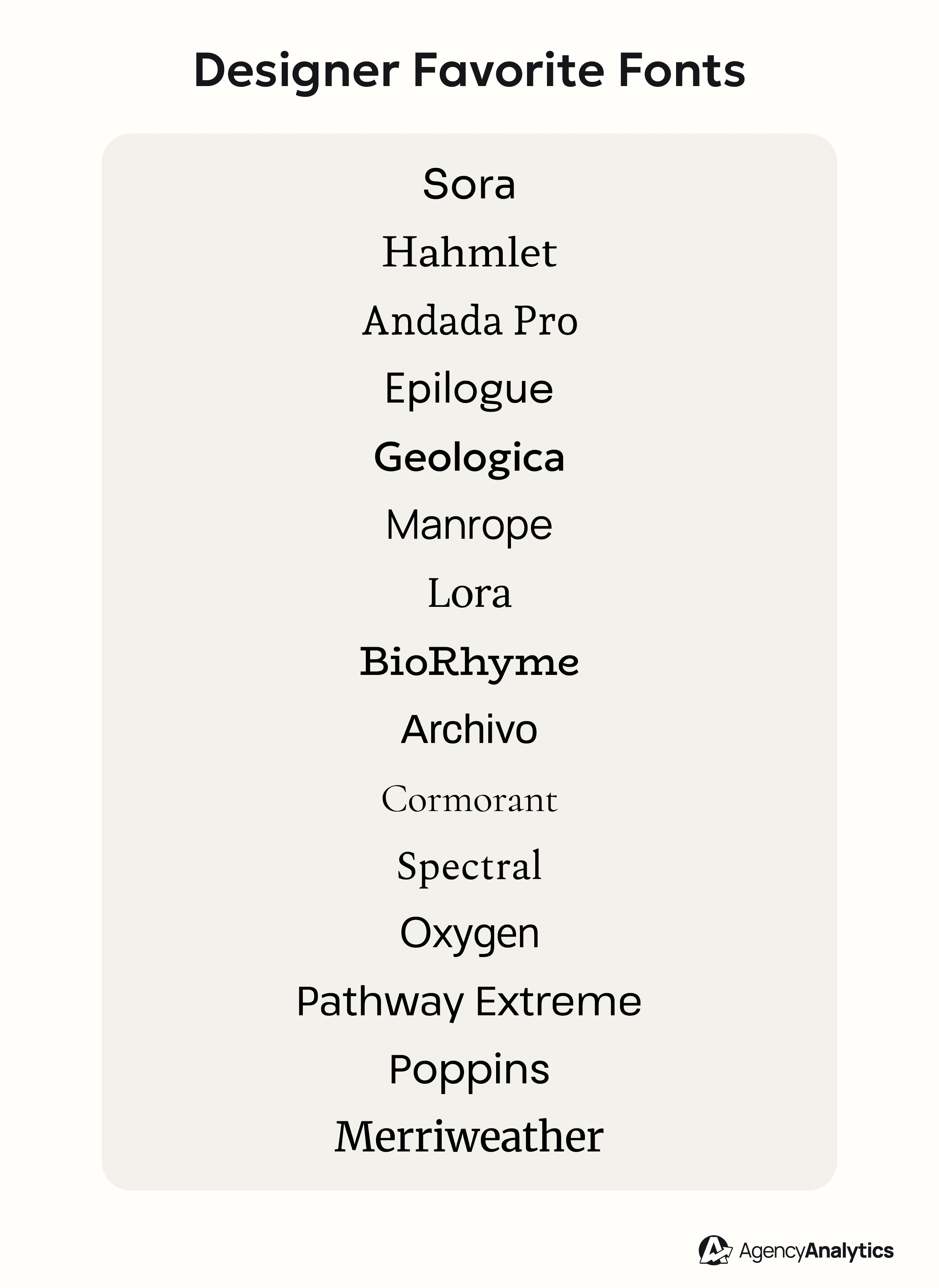
16. The Pangram Pangram collection
If you're looking to move beyond Google Fonts and dive into true type design craftsmanship, Pangram Pangram is where to start. These aren’t your average fonts — they’re expressive, detail-obsessed, and designed with modern branding and editorial work in mind.
Founded in Montreal, Pangram Pangram® offers a stunning catalog of premium typefaces that feel experimental, elevated, and endlessly usable. From razor-sharp grotesques to futuristic serifs and brutalist-inspired monospace fonts, the library leans heavily into form-meets-function — fonts that work hard but stand out doing it.
Some personal favorites:
Neue Montreal – A clean, geometric grotesque with subtle character — great for brands that want to feel both modern and established.
Formula Condensed – Bold, condensed, and built for high-impact headlines.
Canela – A soft serif with a fluid, almost calligraphic quality — gorgeous in large sizes.
Gatwick – A hybrid serif that blends 1970s swagger with editorial sophistication.
Monument Extended – Loud, confident, and unapologetically bold — it turns any title into a statement.
Kyoto – A modern neo-grotesk with sharp, clean forms. It’s crisp, confident, and ideal for contemporary brands that want to cut through the noise.
Best for: High-concept branding, editorial design, fashion, agency reels, campaigns, and anywhere you want to make a visual impact without looking generic.
Pangram fonts feel like tools built by designers, for designers. You won’t find them pre-installed — but that’s the point.
✏️ Designer tip:
Want to elevate a basic design? Swap out a standard system font with a well-crafted open-source alternative (like Inter or Satoshi). It’s a small move that makes a big difference.
Fonts are first impressions
Fonts do more than decorate your message—they help define it. Whether you’re building a brand, writing a proposal, or designing a dashboard, the typeface you choose shapes how your work is received.
You don’t need to be a designer to make smart font decisions. You simply need to consider your tone, your audience, and the kind of experience you want to create. Serif or sans serif? Formal or friendly? Timeless or modern? There’s no single “right” answer—but there is a font that fits your voice better than the rest.
From branding to reporting, the right font can help your agency show up with clarity and confidence. AgencyAnalytics makes it easy to create beautiful, on-brand dashboards and reports—no design degree required. Get started with a 14-day free trial.

Written by
With nearly a decade of experience shaping creative strategy and visual storytelling, Vanessa is a senior designer who merges design sensibility with strategic insight. She has led brand-defining projects across digital and print media, specializing in translating complex ideas into clean, compelling visuals that engage audiences and elevate the brand experience.
Read more posts by Vanessa NevdashenkoSee how 7,000+ marketing agencies help clients win
Free 14-day trial. No credit card required.




